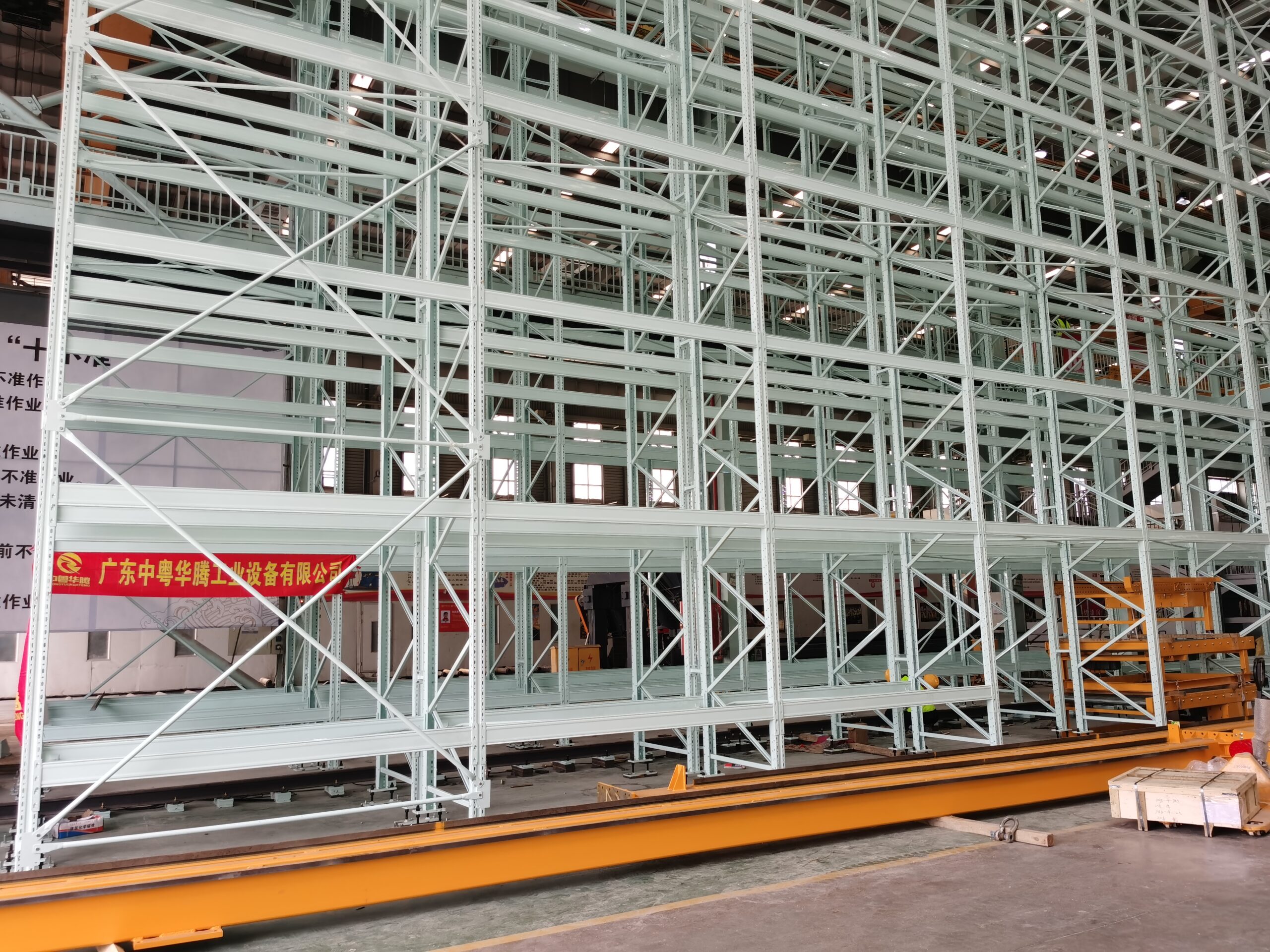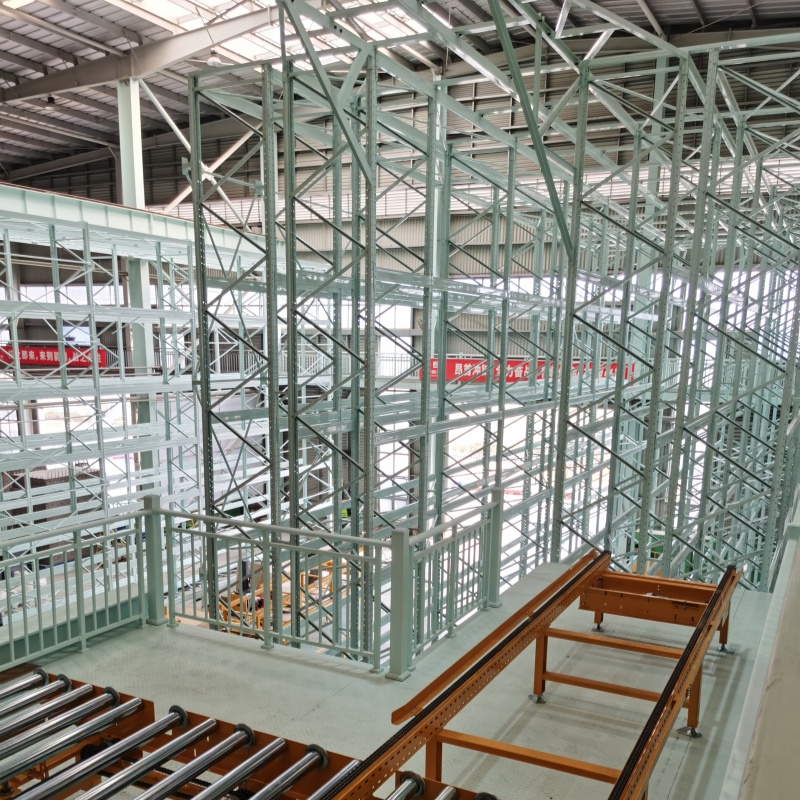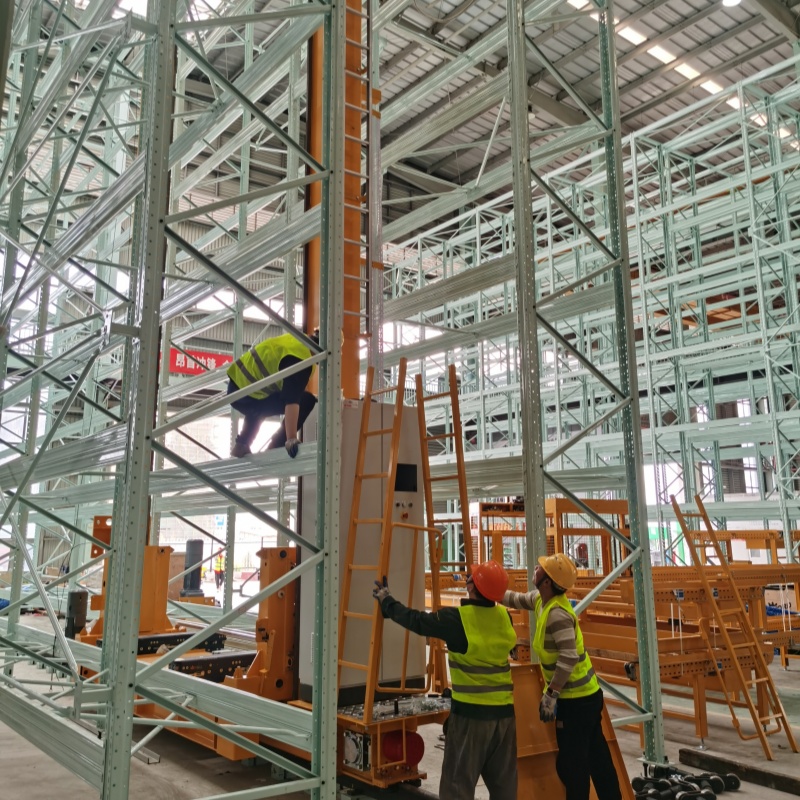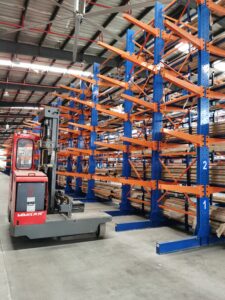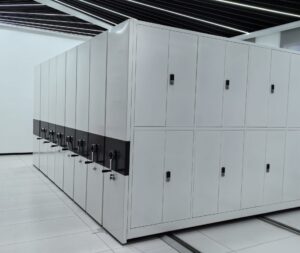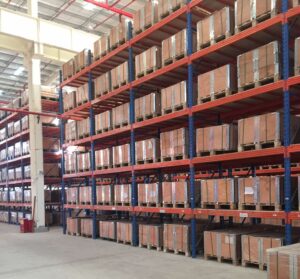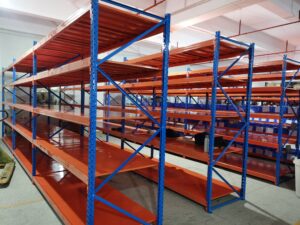Vertical Warehouses: The Smart Storage Revolution Reshaping Global Logistics
In the fast-paced world of warehousing and logistics, automated vertical warehouses are no longer futuristic concepts—they’re the backbone of supply chain efficiency, helping businesses crush space limits and supercharge operations. Let’s break down their real-world impact, from game-changing features to hard numbers on ROI, with insights from global industry leaders.
I. Standout Features: Tech That Transforms Storage
1.Max Space, Min Footprint
Vertical warehouses reach sky-high—up to 50 meters tall—turning unused vertical space into valuable storage. Compared to traditional warehouses, they pack 2-5 times more goods per square meter.
Take a leading electronics manufacturer in Southeast Asia: their 20-meter-tall vertical system, paired with dynamic aisle adjustments, boosted inventory capacity by 320% in the same floor space. That cut their warehouse rental costs by 60%—a huge win in cities like Singapore or Hong Kong, where land is pricier than gold.
In North America, an e-commerce giant used a vertical warehouse to scale from 50,000 to 200,000 stored items in the same warehouse, handling Black Friday spikes without a hitch.
2.Fully Automated Workflows
No more manual lifting or slow-moving forklifts. These systems run on autopilot, using stacker cranes (with ±5mm precision), shuttle cars, and AGVs (autonomous guided vehicles) to handle everything from receiving to shipping.
A European automotive plant is a prime example: after installing automated vertical storage, their in-plant inventory dropped 80%, and production line downtime plummeted 90%. Stackers zip around at 400 meters per minute, syncing with conveyor belts to keep goods flowing nonstop.
Smart Management at Its Core
The real magic? A Warehouse Management System (WMS) that acts like a 24/7 brain. Using RFID tags and IoT sensors, it tracks every item in real time, optimizes routes, and even predicts issues before they happen.
A cold chain logistics firm in Australia linked its WMS to temperature controls, keeping pharmaceuticals within a ±0.3°C range. The result? Over $294,000 saved yearly from reduced spoilage. And it plays well with other tools—ERP, MES, you name it—so orders, inventory alerts, and production plans all talk to each other seamlessly.
II.How It Works: Engineering + Innovation
1.Build It Your Way: Modular Design
These warehouses aren’t one-size-fits-all. Think of them as Lego sets—standardized shelf modules let you tweak layouts as needs change.
One clever design: “rack-and-building integration,” where shelves double as part of the warehouse structure. A food processing plant in Brazil used this to trim construction time by 30% and shrink its footprint. Plus, the high-strength steel shelves? They hold up to 2 tons per slot, tough enough for heavy machinery parts.
2.Tech That Talks to Itself
IoT Connections: Every machine—stackers, shuttles, sensors—chats in real time. A stacker crane might adjust its path mid-move because the WMS flags a sudden rush of orders.
AI Smarts: Algorithms study what sells fast and stashes those items closest to shipping docks. This slashes “empty runs” by 30% or more.
Digital Twins: A 3D virtual copy of the warehouse mirrors every move, letting managers spot bottlenecks from anywhere. A German automotive parts plant used this to cut turnover time by 200%.
3.Plays Well With Others: Flexible Integration
Vertical warehouses don’t exist in a bubble. They link up with production lines, sorters, and even multi-story facilities.
Take a precision manufacturer in the U.S.: their “pallet + bin” dual vertical system uses RGV robots (rail-guided vehicles) to move goods between floors 1-4, hitting 70 pallets per hour. It’s like having a logistics highway that adapts to how the factory actually works.
Ⅲ.How It Works: Engineering + Innovation
1.Labor Costs? Slashed
Automation means way fewer workers. A cosmetics brand in Europe cut pickers from 50 to 12—saving over $440,000 yearly. Mistakes? Almost nonexistent: errors dropped from 0.4% to 0.02%, saving $730,000 in returns.
During peak seasons like Cyber Monday, a U.S. (cross-border e-tailer) paired its vertical warehouse with auto-sorters—no more chaos, 75% lower labor bills.
2.Operational Costs: Trimmed Across the Board
Energy Savings: A cold chain facility in Latin America swapped to energy-recovery motors, saving $176,000 on electricity yearly. Bonus: 400 tons less carbon emissions, netting $118,000 in green incentives.
Faster Turnaround: Smart scheduling cuts how long goods sit. A pharmaceutical firm in India used “first-expired, first-out” (FEFO) logic, dropping expiration losses from 5% to 1.2%—freeing up 40% of tied-up cash.
ROI That Pays Fast: A mid-sized manufacturer in Asia spent $2.1 million on a vertical warehouse. They earned it back in 12 months, then added $730,000 in annual profits.
3.Beyond the Numbers: Hidden Wins
Vertical warehouses don’t just store goods—they’re the backbone of digital transformation. A European retailer used real-time data to cut order processing time by 50%, making customers 25% happier. And because they’re built to grow (like Zhongyue Huateng’s expandable shelf designs), businesses avoid costly overhauls later.
Why It Matters Now
With land costs rising 12% yearly globally and labor shortages worsening, vertical warehouses aren’t a luxury—they’re a must. From Singapore’s tight industrial parks to Chicago’s busy logistics hubs, they’re proving: more space, less waste, smarter operations.
 StorLogi
StorLogi
